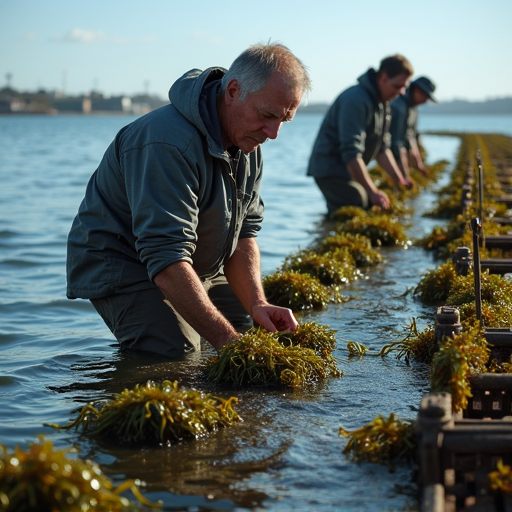
Ocean Farming: The Next Green Revolution?
As the world grapples with climate change and food security challenges, ocean farming emerges as a promising solution. Practices like kelp farming, shellfish aquaculture, and deep-sea vertical gardens are gaining traction as sustainable alternatives to traditional agriculture. These methods not only produce food but also help mitigate environmental impacts.
Kelp Farming: A Carbon-Negative Crop
Kelp farming involves cultivating seaweed, which is a carbon-negative crop. According to the Food and Agriculture Organization (FAO), global seaweed production reached over 35 million tonnes in 2019. Countries like China and Indonesia lead the industry, but regions like Alaska and Norway are rapidly expanding their production. Seaweed farming requires no fertilizers or freshwater, making it an environmentally friendly option.
Shellfish Aquaculture: Zero-Input Farming
Shellfish aquaculture, such as mussel and oyster farming, is another sustainable practice. Organizations like GreenWave advocate for polyculture systems that grow shellfish alongside seaweed, creating a zero-input farming model. This method not only produces nutritious food but also improves water quality by filtering pollutants.
Deep-Sea Vertical Gardens: The Future of Farming
Innovations like deep-sea vertical gardens are pushing the boundaries of ocean farming. These systems utilize underwater structures to grow crops, reducing the need for land and freshwater. While still in experimental stages, they hold immense potential for scaling sustainable food production.
Challenges and Opportunities
Despite its benefits, ocean farming faces challenges such as disease outbreaks (e.g., ice-ice disease in seaweed) and ecological impacts like mangrove deforestation. However, with continued research and investment, ocean farming could revolutionize food systems and combat climate change.
